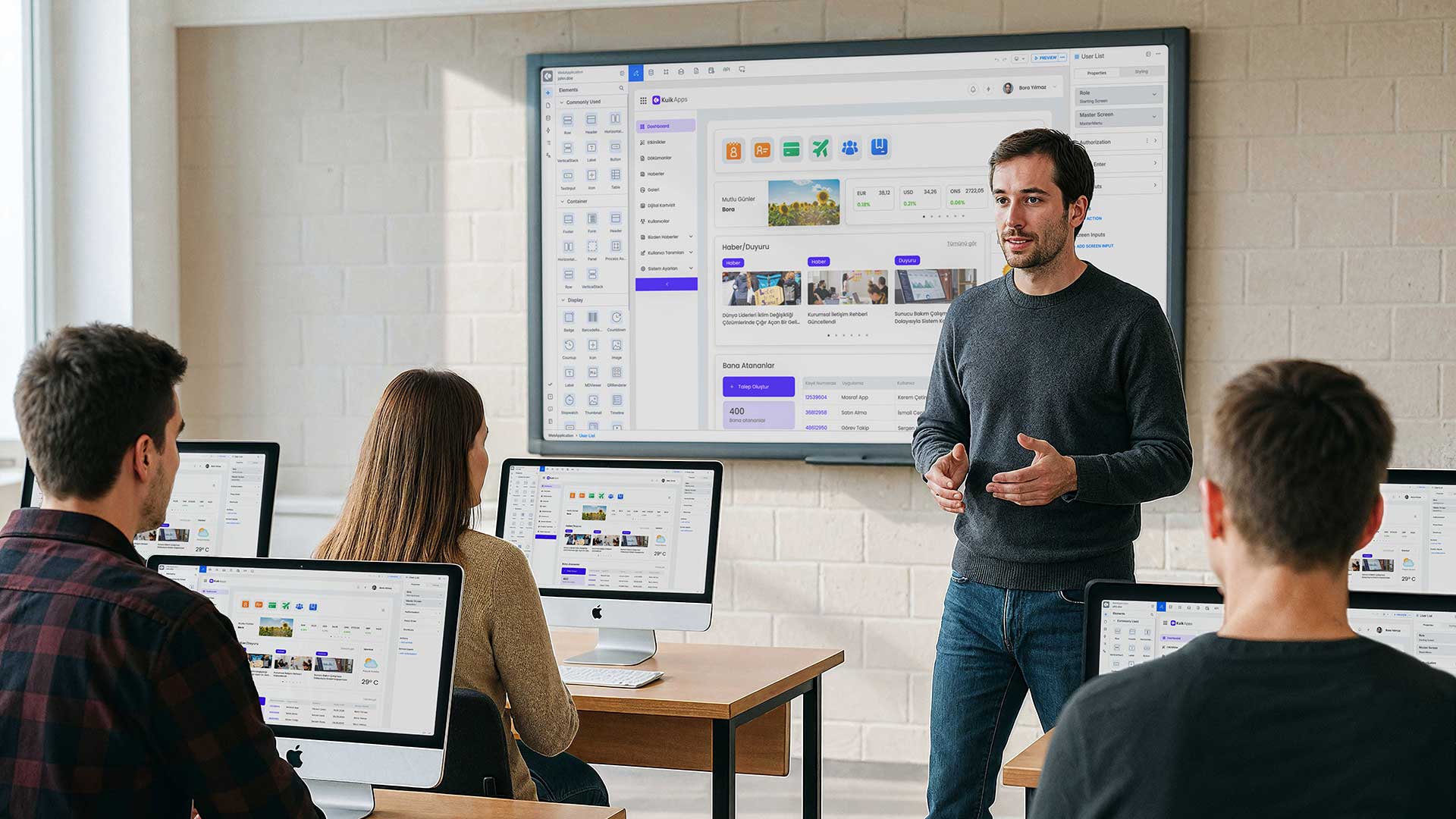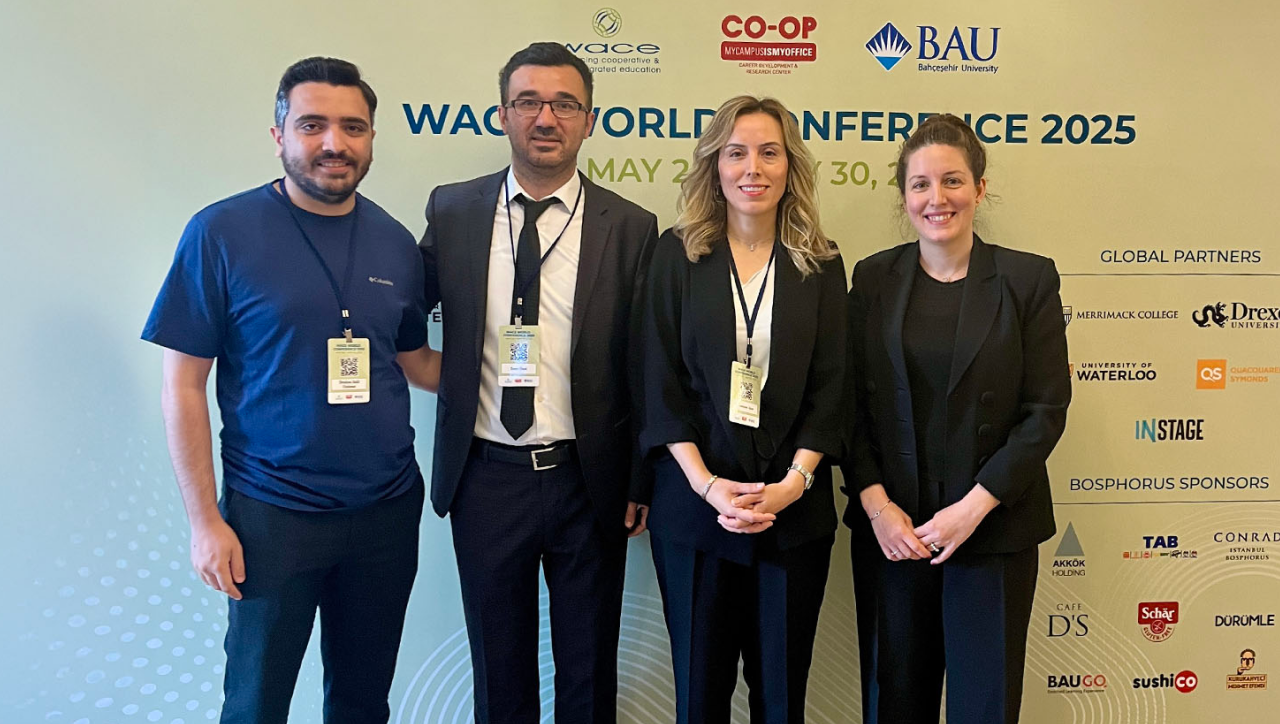If you are new to programming or want a more intuitive way of developing, you may want to consider visual programming. However, before making a decision, it is important to understand what visual programming is, and its limitations.
Here is an overview of the basic features of visual programming and the details you need to get started.
What is visual programming?
Visual programming (VP) refers to a method of programming that uses a graphical interface to create and modify code, rather than typing out code manually.
Unlike traditional text-based programming, visual programming uses visual elements to represent code. Some graphical elements you can use when creating programs with VP include:
- Icons,
- Symbols,
- Flow charts,
- Blocks,
- Other visual aids.
Visual programming can involve drag-and-drop interfaces, color coding, and other visual cues to help users understand the structure and flow of their code. It is easier to use than traditional text-based programming. Thus, you can use this method in educational settings and for making basic programs.
It speeds up the development process and makes it easier for people with no programming experience to create software. It works in the most efficient way on low-code platforms.
The features of visual programming
Visual programming inherently simplifies coding as it allows code generation through an interface. But it has more features than that.
Let's take a look at its main features:
- Drag-and-drop interface: It lets you develop applications by dragging and dropping pre-built code blocks. This eliminates the need for manual coding, making it faster and more accessible for beginners.
- Visual representation of code: It offers an easier-to-understand representation of code, allowing you to efficiently see and modify the logic behind it.
- Interactive debugging: It offers interactive debugging tools that simplify error identification and correction, eliminating the need to manually search through lines of code.
- Modular design: This approach encourages modular design, which allows you to create reusable code blocks that you can easily integrate into other projects.
- Real-time feedback: It allows you to see real-time feedback as you build your code. This feature enables immediate changes and increases the speed and efficiency of the coding process.
What can you do with visual programming?
Visual programming is often used in various areas such as;
- Game development, where you need to create complex animations and interactions quickly and efficiently.
- Data visualization applications and infographics to present large amounts of data in an easy-to-understand format.
- Creation of graphical user interfaces (GUIs) by using visual programming for mobile applications.
- Web development to create responsive and interactive user interfaces for websites.
- Educational settings to teach programming concepts to beginners. This allows students to focus on the logic of programming without getting bogged down in the syntax and semantics of a text-based language.
Visual programming is a powerful and accessible way to create digital products for both beginners and experienced programmers.
Advantages and limitations
Visual programming can offer a more intuitive approach to software development, but it also has its own set of advantages and limitations to consider.
Advantages
- Reduced errors: VP has user-friendly interfaces and error-checking mechanisms that prevent syntax and logical errors. Thus, it reduces the likelihood of errors caused by syntax and semantics.
- Faster development: Visual programming speeds up development by eliminating manual coding. You can easily create complex systems by connecting pre-built components and configuring them visually.
- Rapid prototyping: You can quickly create a working prototype of a program, making it easier to test ideas and iterate on designs.
- Easy to learn: Visual programming is designed for ease of use, even for non-programmers, which makes it great for citizen developers.
- Enhanced collaboration: It can help facilitate collaboration between developers, designers, and other stakeholders. Non-technical team members can easily provide feedback and make suggestions.
Limitations
- VP can be less efficient in highly sophisticated development projects than text-based ones since it depends on graphical elements that the computer must interpret and execute.
- VP is also less flexible than text-based languages, as it may not support all the features and functionalities of traditional programming languages. However, its modular structure can compensate for this limitation.
- Finally, while VP is user-friendly and simple, it can be unwieldy because it is graphically rich. Therefore, it takes up more space and can slow down their function. It’s important to choose a platform that offers cloud storage.
FAQ about visual programming
1. How does visual programming differ from traditional programming?
Visual programming is a programming method that uses graphical elements instead of text-based code. It is easier to learn and use because users can drag-and-drop graphical elements to create programs.
Debugging is also easier because users can see program components visually. However, traditional programming is more flexible for more complex programs and for users who need more control over program functionality.
2. Who can benefit from using visual programming?
Visual programming can be a great solution for a wide range of users including:
- Beginners in programming: Thanks to its graphical interface, it is easier for beginners to learn programming concepts without being overwhelmed by complex syntax and grammar.
- Non-technical users: With VP, non-tech users can create simple apps to automate tasks or solve problems without requiring extensive knowledge.
- Educators and students: It can be used as a teaching tool for programming, using visual representation to help students understand how to create and work with code.
- Professional programmers: They can create prototypes quickly and test ideas before implementing them in traditional programming languages. This saves time and resources.
3. Can visual programming be used for complex projects?
Visual programming simplifies the code generation and debugging process, making it easier to write complex code with fewer errors. This approach is particularly useful when working with large amounts of data.
However, it's important to remember that manually writing code allows for more advanced functionality. Therefore, it's crucial to evaluate the project's requirements before deciding on visual programming for complex projects.
To sum up
Low-code platforms offer the convenience of visual programming while also providing greater flexibility. This way, individuals and businesses of all sizes can develop applications and software solutions without knowing any coding and bring their digital products to life.
The possibilities are endless when you combine the right tools with a little creativity. Find out about Kuika's competitive pricing and see how you can too bring your ideas to life without opening your budget. Sign up for Kuika today to develop your digital product in weeks.
















